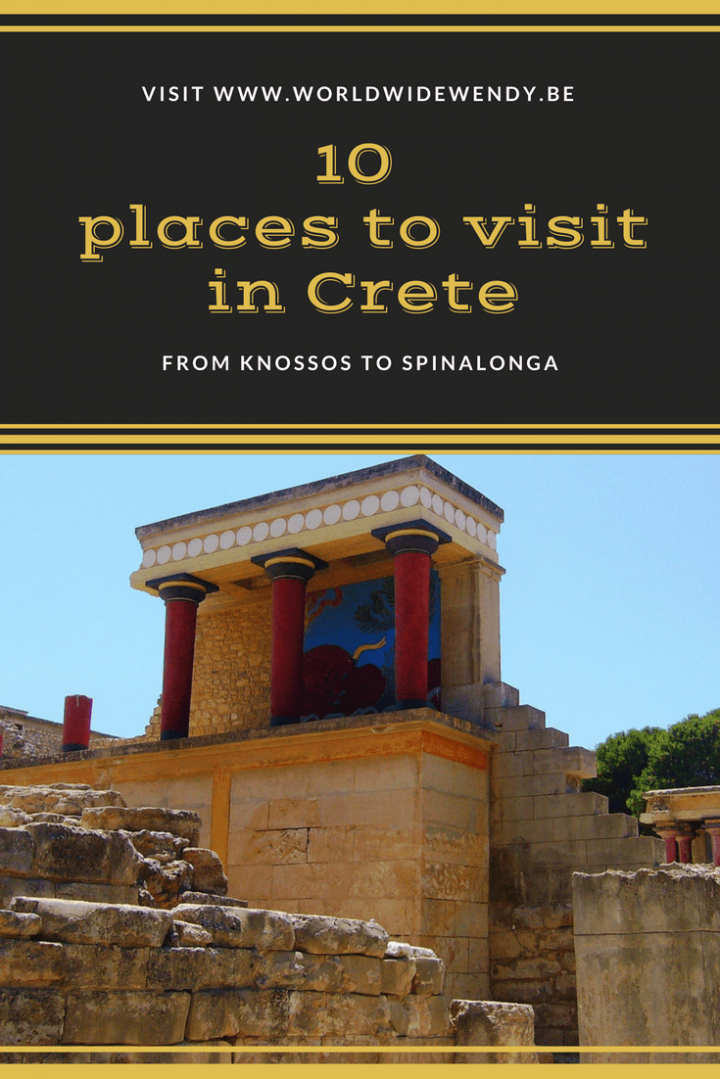Crete is the largest of the Greek islands and it has a rich history. The first signs of civilization date from 6500 BC. Around 3300 BC the first great civilization emerged during the Minoan period. They traded with the whole Mediterranean region, which greatly increased prosperity in Crete. The Knossos Palace is a silent witness here. Over the course of history, they were dominated by different people until they finally came to Greece in 1913.
You can, of course, go to Crete to enjoy a week of sun, sea and sand, but the island has even more to offer. Below you will find 10 places to visit in Crete. In summer it can be extremely hot. So if you want to visit Greece I would suggest to go in October.
-
The Minoan Palace of Malia
If you like history, you can visit the Minoan Palace in the east of Malia. The palace was built around 1900 BC. Built, destroyed 200 years later and then rebuilt again around 1650 BC in the same place and according to the same design. Another 200 years later it was destroyed again.
-
Water mills of the Lassithi plain
The famous water mills of the Lassithi plain are a 15th century Venetian product. They once were used to pump water, nowadays they are purely decorative. Only the ride to it is worth the trouble, because you enjoy spectacular vistas on the way. On the way you pass the Kera Monastery and the Toplou Monastery. There is a very special icon in the latter from 1770.
The Cave of Zeus is also here.
According to the legend, this would be Zeus's birthplace. His father, Kronos, feared losing power to his son, and therefore wanted to eat his male descendants. His wife misled him and allowed him to eat a stone while she had hidden Zeus in the cave. The baby was protected by the Kourets who made so much noise with their weapens that Kronos couldn’t hear the cry of the baby.
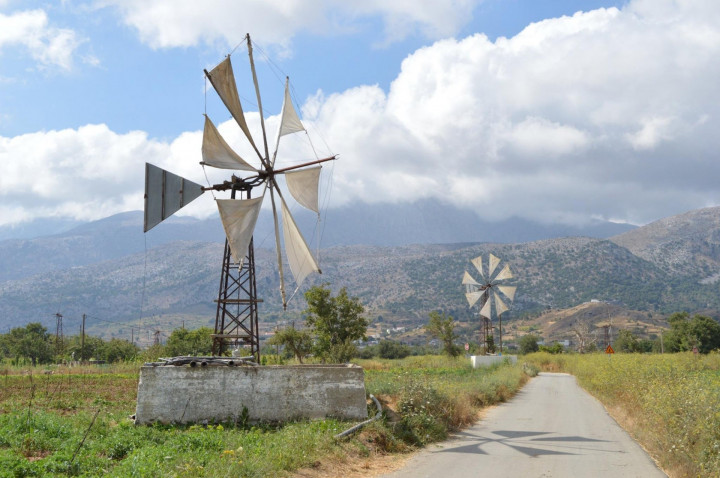
-
Samaria branch
The Samaria branch is a 16 km long gap. In some places the walls are 500 meters high and at the narrowest point, the Iron Gate, the walls are only 4 meters apart. The beginning of the gap is near the village. Since 1962, this region has been declared a national park because of the rare plants and animals that are found here. In the gap you also encounter some small Byzantine chapels.
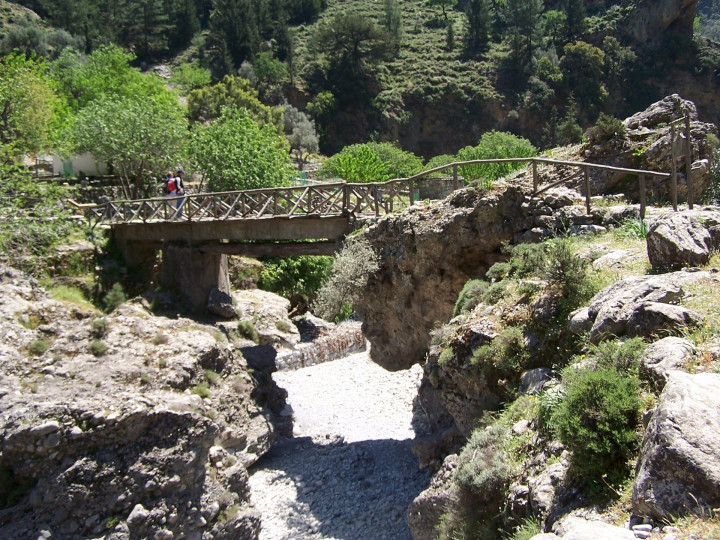
-
Vai
Vai is the only natural palm beach in Europe.
According to the legend, these palms have grown from the date pits that were left behind by the Fenician merchants.
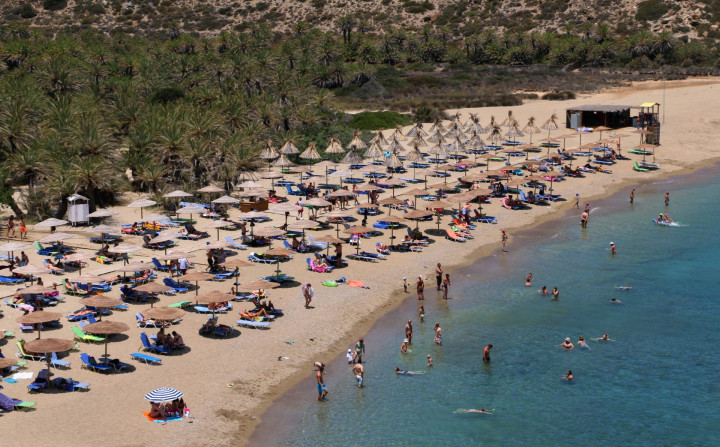
-
Spinalonga
Spinalonga is an island on the coast of Crete. Until 1954 there was a leper colony here. It is an important tourist attraction and the slowly declining village makes a desolate impression. During the boat trip you can enjoy the beautiful coastline between Agios Nikolaos and Elounda. Elounda is connected by a natural bridge to the Spinalonga peninsula.
-
Knossos
The main attraction in Crete is, of course, the Knossos Palace. The palace was built during Minoan civilization and was the hometown of the mythical king Minos. Crete was very powerful at that time and their civilization was far ahead of those in the rest of Europe. It is said that the Knossos Palace with its innumerable rooms must be the famous labyrinth of Greek sagas. I found the visit to Knossos very disappointing. I felt that there were many amateurish restorations. Too bad. Knossos is located near Heraklion, the capital of the island. In Heraklion you can visit the 13th century three-legged church of Pangia i Kera. Here you will find a lot of well-preserved frescoes from the 13th to 15th century.
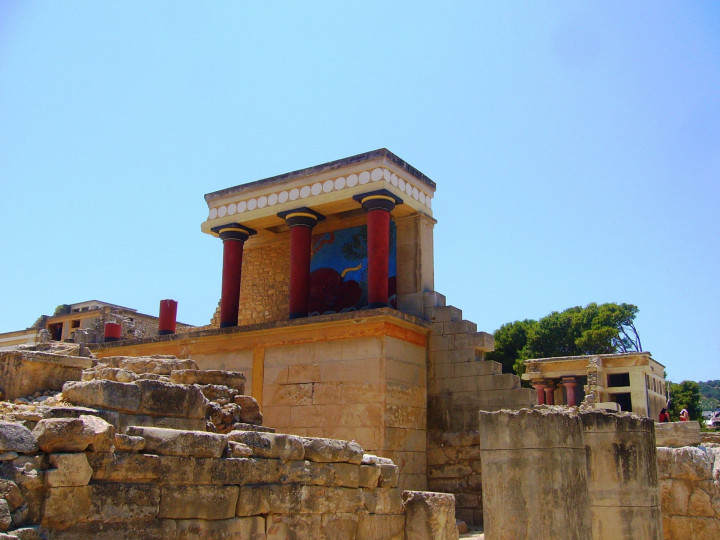
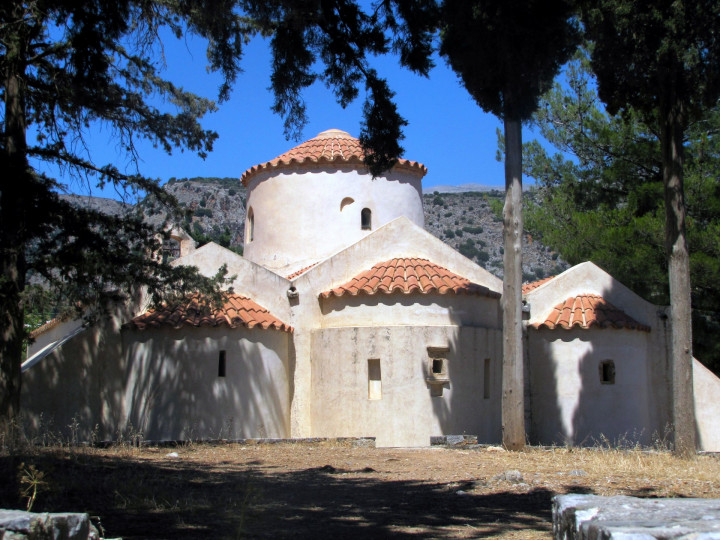
-
Ierapetra
Ierapetra is the most southern city of Crete and also the southernmost city of Europe. In the past, the city played an important role as a bridge between Africa and Egypt. In July 1726 Napoleon stayed here on his way to Egypt. The ruins of the place where he stayed can still be visited. Today, this area is the largest garden in Greece. Top quality vegetables are grown. As the temperature rarely drops below 12 degrees, they can harvest several times a year. The tourists are mainly attracted by the beautiful sandy beaches.
- Agios Nikolaos
Agios Nikolaos is idyllically located on the Gulf of Mirabello, on the east coast of Crete. It is one of the most visited cities of Crete. In the middle of the city is Voulisme lake, which is fed 64m deep by a source. The coast with its many sandy beaches, hotels and restaurants attracts lots of tourists. Near the coast are two small isles, Megalo and Mikro Nisi. The largest is a reserve for the wild goats of Crete, the Kr-Kri.
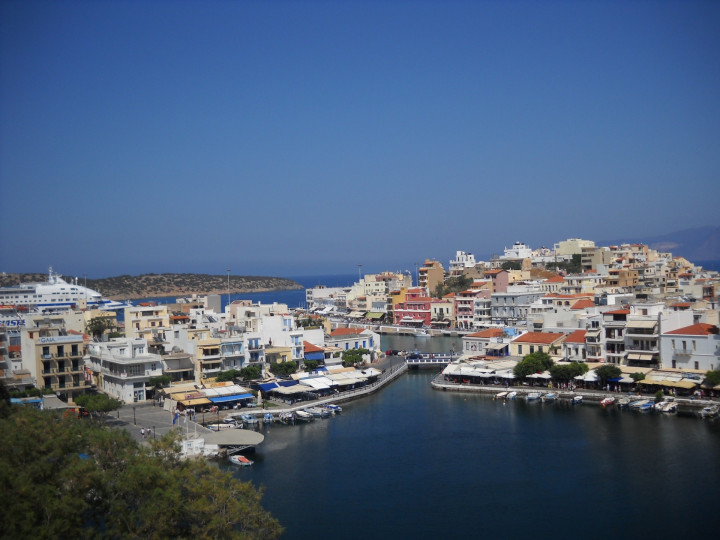
-
Rethymno
Rethymno is one of the island's largest cities and knew its golden age during the Venetian period. It was known as an intellectual city because of the arts, literature and art of printing. The old, picturesque city area offers a mix of Venetian and Turkish remains. Via the narrow alleyways you reach the Venetian castle. The Venetian port with the colorful fishing boats guarantees beautiful pictures. The many Turkish houses, minarets and wooden balconies refer to Cretan times. Take a trip to the idyllic Arkadi monastery, a national sanctuary for Greece. In 1866, 700 Cretans died during an attack by the Turks.
-
Chania
Despite the many devastations that have ever occurred, there are still many remains from the Venetian and Turkish period. Vegetables, fruit, meat, fish and other goods are traded in the market hall. The area around the harbor is a lively nightlife venue with plenty of restaurants and bars. At the edge of Kastelli is the Venetian arsenal that served as a shipyard at that time. Turks converted it into mosques and since 1918 it is an Orthodox church.
You can also check Rental Center Crete for a car hire from Chania Airport.
Allthough Crete has some nice things to do, I found it all in all disappointing. The island is rather dirty and the quality of the hotels is not comparable to those in other southern European destinations. The fact that I'm not a fan of Greek cuisine will also contribute to this feeling.
If you want to explore other Greec islands, I can highly recommend Santorini. Pericles tells you all about the 7 things to do in Santorini in this blogpost.
Are you a fan of Crete?
